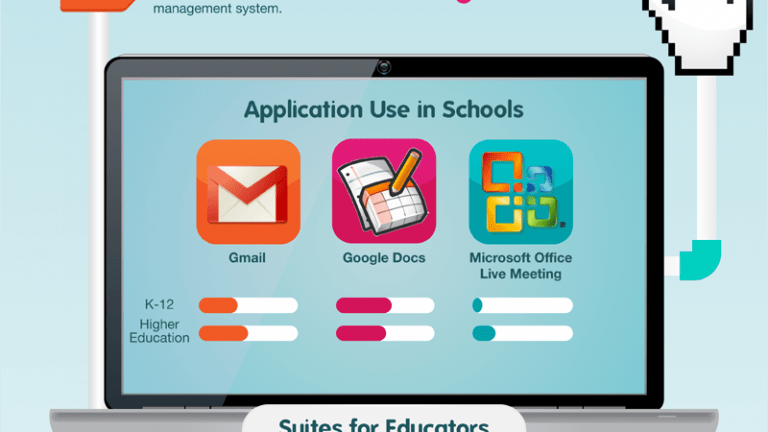Statistics show that cloud computing adoption rates in schools and the education industry are on the rise.
The education industry is constantly under pressure to teach students skills that will be applicable when they finish receiving their education.
See Also: Digital Textbook Usage Statistics [Infographic]
Doing this can be difficult because it is not always easy to predict what the World will be like by the time students graduate or move on.
Cloud computing has been an increasing popular trend in almost all industries in the last 5-10 years.
Therefore, it seems quite obvious that schools would implement cloud computing services, not only to familiarize students with using them, but also to increase the efficiency of the education system as a whole while reducing overall technology maintenance costs.
An infographic (posted below) was recently published by OnlineColleges.net that provides statistics on cloud computing adoption rates in schools, as well the advantages and disadvantages of using cloud-based services in the education industry.
Cloud Computing in Education Statistics Highlights:
- 27% of K-12 IT professionals and 34% of higher education IT professionals were implementing cloud-based services as of May, 2011.
- The percentage of educational IT budgets spent on cloud computing will rise steadily in the next 5+ years.
-
Benefits of Cloud Computing in Education:
- Browser-based access – Teachers, students and staff can access educational tools from anywhere, with any device.
- Testing cloud solutions is more simple than testing in-house solutions.
- IT maintenance costs are reduced dramatically.
- Subscription based pricing models allow for scalability and growth.
-
Disadvantages of cloud computing in education:
- Increased internet bandwidth is necessary to allow for use of cloud services.
- If the internet goes down, most tools and services will be inaccessible.
- Costs increase dramatically as the number of subscribed students increases.




